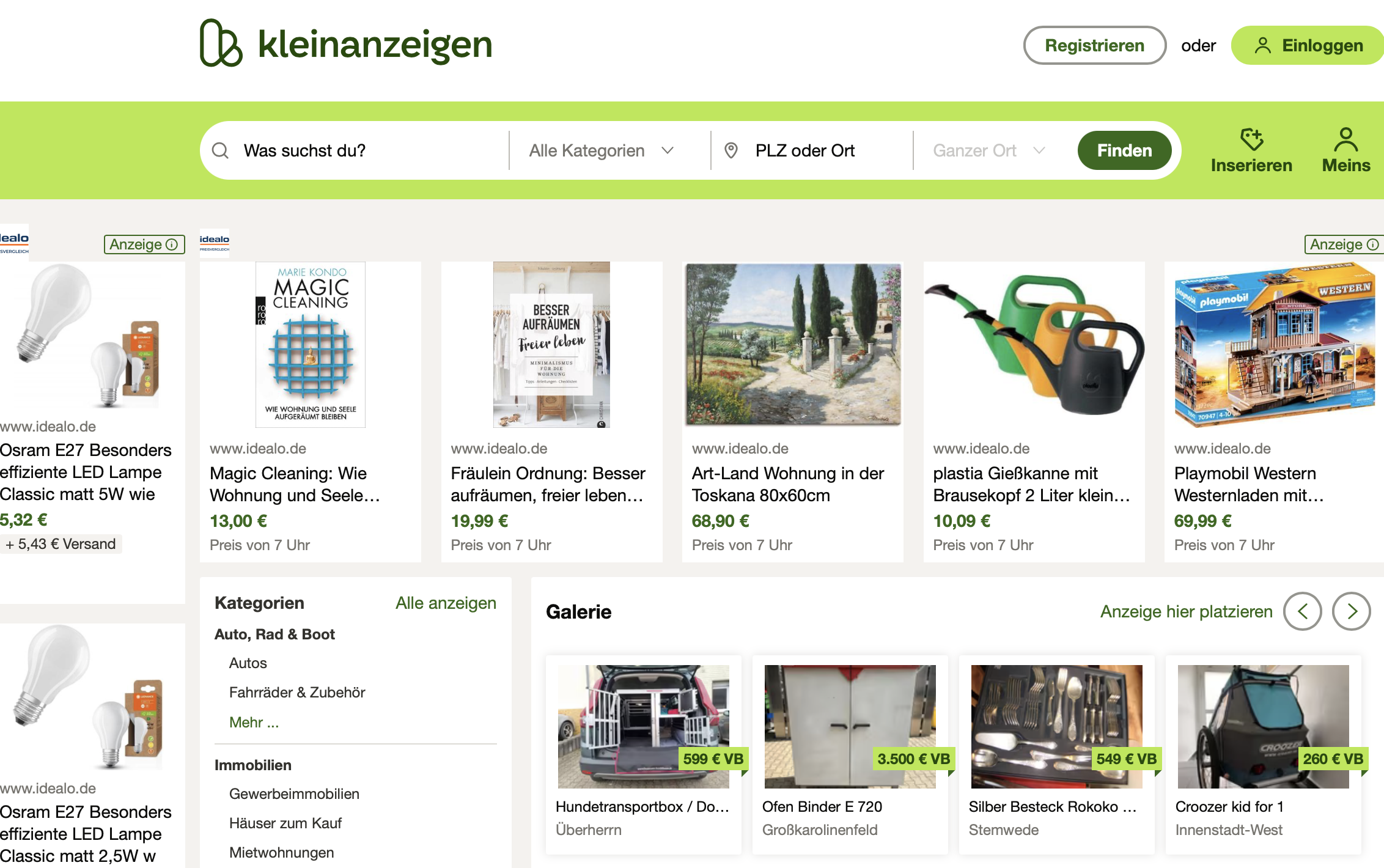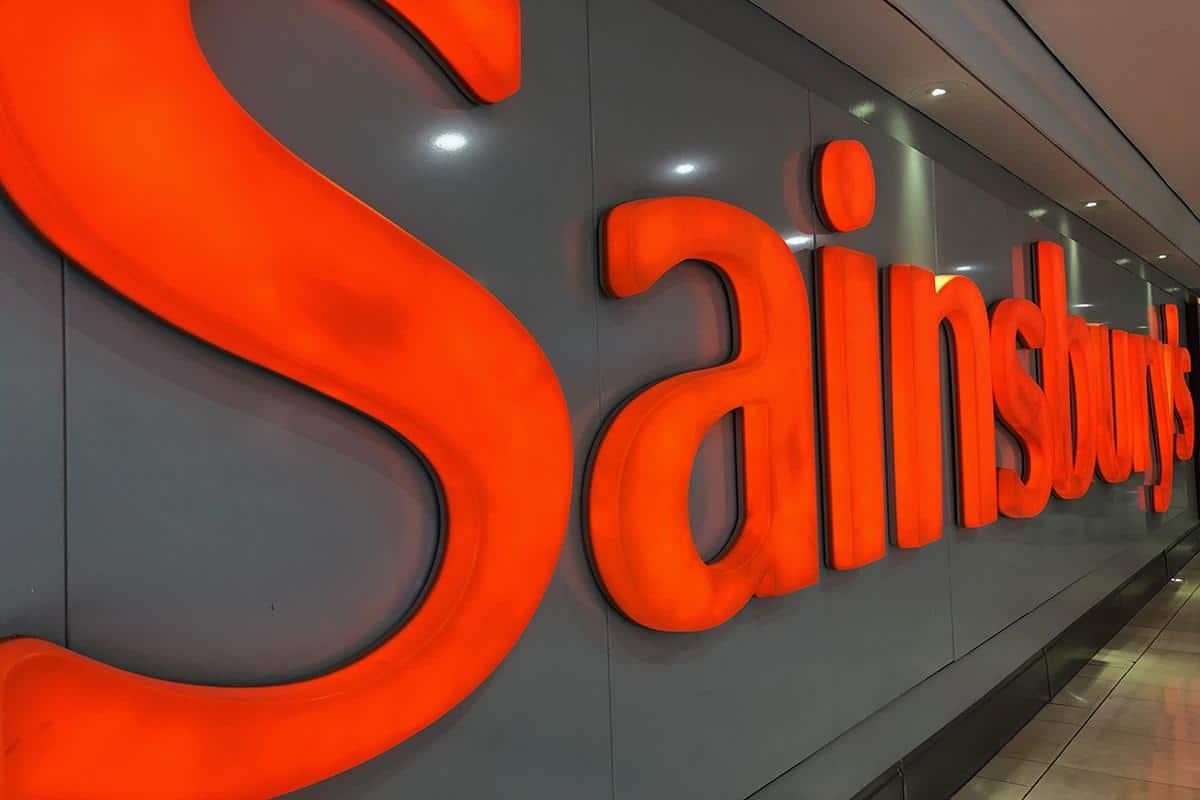Days after shops have reopened, the appetite to shop in store seems at least initially to be stronger. Vaccinations appear to be giving new levels of reassurance to customers, especially those who were previously vulnerable to Covid-19. But what are the implications for the fast ecommerce growth that retailers have seen over the last year?
Shoppers return to stores
Pictures have shown shoppers queueing outside a range of newly reopened non-essential stores in England and Wales this week for their first chance to buy items from clothing to electricals and more since non-essential retail shops closed in January. There were queues outside retailers including Primark and Debenhams from Bristol to Southend, while hundreds waited to get into H&M, TK Maxx and Currys in Cardiff and Swansea.
The picture may have settled down over the course of the week, however. The latest figures from Springboard show that while the number of people visiting UK retail destinations was up by 155.2% on Monday, compared to the previous week, with shopping centres (+225.2%) and high streets (+176.1%) the biggest beneficiaries, numbers were lower on subsequent days – despite the ongoing Easter school holidays in much of the country. Tuesday’s footfall figure was 70% up on the previous week – with shopping centres up by 92.4% – while numbers were still higher on Wednesday (+79.2%, shopping centres +107.8%) and Thursday (+75.6%, shopping centres +105%). The strongest week-on-week growth, Monday to Thursday, is in Central London (+202.4%) and in market towns (+237.2%), but all areas are at least double the previous week.
Footfall is still down compared to the same week two years ago, in pre-pandemic 2019. Across retail it was down by 15.9% on Monday, by 20.8% on Tuesday, 26.6% on Wednesday and by 31.9% on Thursday – averaging a fall of 23.8% Monday to Thursday, including growth of 0.5% on retail parks over the period. On Thursday morning alone, visits to high streets were 43% down on 2019.
Springboard now forecasts that UK footfall will be 115% ahead over the weekend – including growth of 140% in shopping centres and 125% on high streets, compared to last week. It also forecasts footfall will be down by 12% compared to 2019 over the weekend, with shopping centre numbers expected to be 18% down on two years ago, high streets 25% down– but that retail parks will be 3% ahead.
Nonetheless, entertainment retailer HMV says its footfall more than doubled this week compared to the end of the first lockdown. It says its visitor numbers on April 12 and 13 were 150% higher than the first two days when non-essential retailers were allowed to reopen in mid-June 2020. All 93 of the retailer’s shops in England and Wales reopened on Monday, with strong sales as music fans bought the latest vinyl releases from singers including Lana Del Rey and Ariana Grande, and film fans bought Wonder Woman 1984 on ultra high definition Blu-ray.
Doug Putman, owner of HMV, says the figures have proved his belief that shoppers want to go into stores. “This week proved that for millions of people across the UK, online shopping will never fully replace the experience of going into stores and browsing,” he says. “This was by far our strongest post-lockdown return, and it signals not only that the British public feels confident in the Covid-secure measures that retailers including HMV have put in place, but also that people are excited to get out and see what the high street has to offer.
“We’ve been delighted to see so many of our loyal customers returning, alongside shoppers who are just beginning their vinyl collection and more casual browsers on the lookout for our increasingly popular franchise merchandise. This year marks HMV’s 100th birthday, and we’re expecting our strong start to continue in what will be a banner year for this iconic retailer.”
While online sales fall back – but only in some categories
At the same time, figures from ecommerce specialist Salesfire suggest there has been a drop in online sales in some categories – but not in others. The company collects data from more than 3,000 online retailers across a range of sectors, and says that online orders have fallen by 12% over the last week, as measured both on Tuesday April 6 and Tuesday April 13 by its TrendDesk platform. That includes falls in ecommerce sales of fashion (-12.2%), footwear (-9%) and health and beauty goods (-18.8%) over the last week – but food and drink sales (+8.1%) are up, as are electronics orders (+8.4%).
Rich Himsworth, chief executive of Salesfire, says: “People have clearly been very excited to return to stores after a lengthy closure and this data supports the images we have seen this week of long queues outside shops in towns and cities across the country. A fall in online orders for fashion and footwear was expected, as people return to stores to see, touch and try out clothes in person and retailers have been working hard with campaigns to generate excitement at returning to the high street.”
But will shoppers continue to go in-store? Himsworth thinks they will, especially for goods that are harder to buy online.
“Brands which place a focus on their brick-and-mortar stores such as Primark and TK Maxx hold an edge because their experience requires an in-person visit. Brands such as Charlotte Tilbury and Boots’ No.7 have introduced live chat services, one-to-one virtual consultations and an online makeup try-on service to replicate the trying-on experience that so many people had missed during lockdown, but can anything beat the physical experience for health and beauty?”
He says the shift to online shopping may, however, be more pronounced in sectors such as electronics.
“The convenience of online shopping will continue and may outweigh the experiential aspect for many, particularly for everyday items that don’t need to be seen in person such as electronics. The volume of delivery choices from same day to next day delivery means customers can get products quickly whilst still avoiding crowds and staying in the comfort of their own home.
“It will be interesting to see whether these trends are a reflection of consumers’ frustrations with lockdown and excitement to get out now that restrictions have eased, or whether the ongoing shift to ecommerce continues in the future. The pandemic has clearly forced more retailers to prioritise their online offering and ensuring that they provide customers with a quick and easy shopping experience will be vital in the long-term.”
Ultimately, it seems it’s too soon to say how shopping patterns will change long-term as a result of Covid-19. But it seems likely that customers may well be more willing to buy online than they were before the pandemic.









